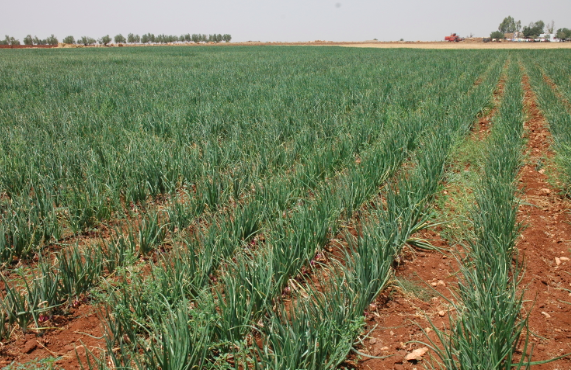On the occasion of their 10th meeting in Algeria on February 2014, the ministers of agriculture of the 13 Member States of CIHEAM officially launched MED-AMIN (Mediterranean Agricultural Market Information Network).MED-AMIN aims at fostering cooperation and experience sharing among the national information systems on agricultural markets.

Réagissez à cet article